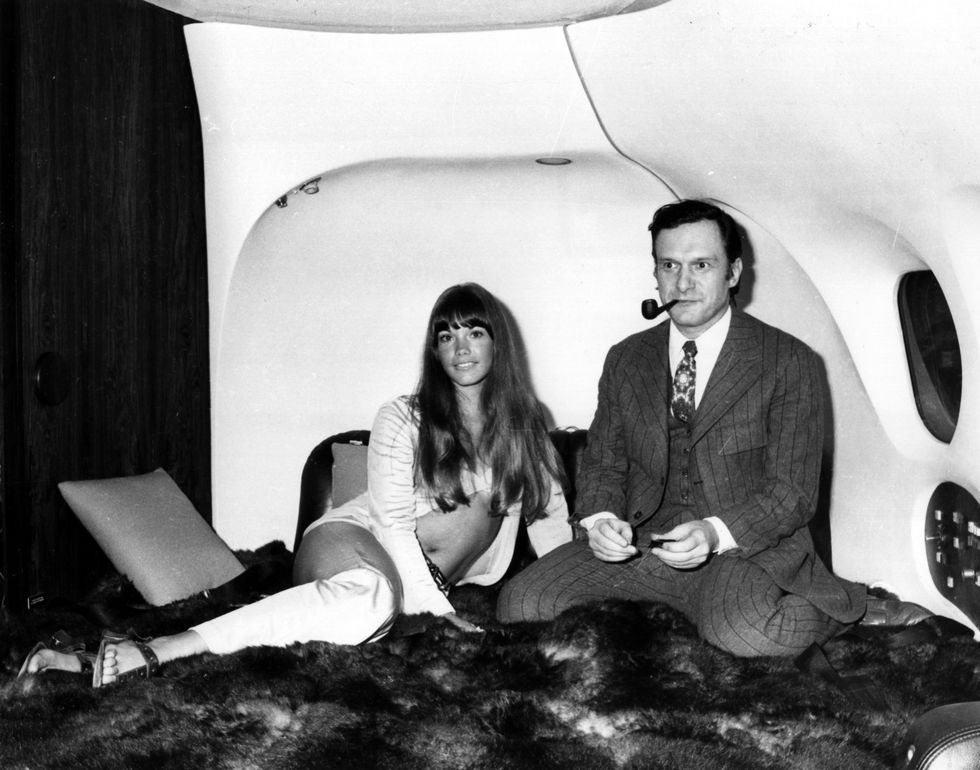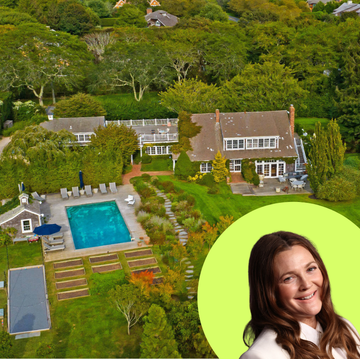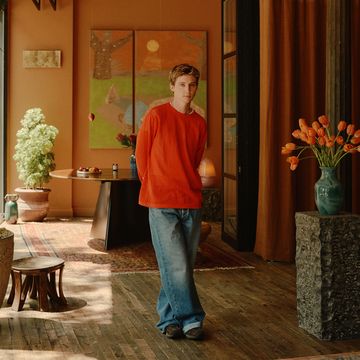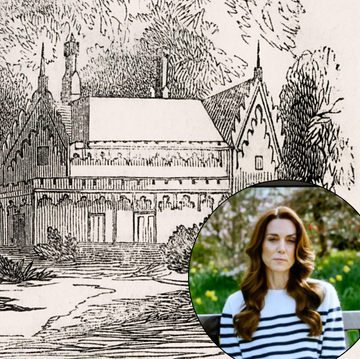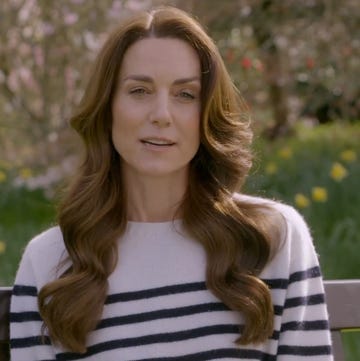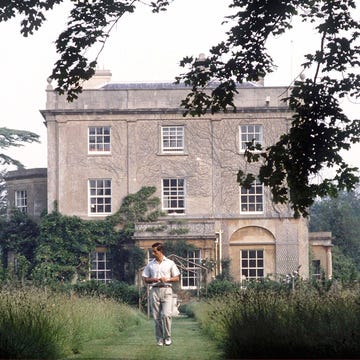Playboy magazine, one of the last remaining bastions of the bachelor lifestyle made popular in the mid-20th century, is currently undergoing a renaissance of sorts.
The January/February 2016 issue — which came out in early December 2015 — will be the last to feature nude pictures of women, something that has defined the brand since its first issue in 1953.
On the heels of that move, it was announced that Hugh Hefner, the magazine's founder, would finally hand over ownership of the iconic Playboy Mansion, and the 29-room estate in Holmby Hills hit the market for a staggering $200 million.
But beyond Playboy's more notable features — bunnies, mansion parties, blondes — lies a legacy deserving of a second look: Its role in architecture and design.
Throughout its 63 years of publication, the magazine has shed light on a number of architecture and designer greats, as Curbed pointed out this week, and made the home space a central part of its story telling. It could even be credited with coining the concept of the bachelor pad we reference today.
Here's a look at some of the things Playboy taught its readers (and the world) about architecture and interiors, a topic which inspired an entire exhibit back in 2012.
1. Pay attention to the greats.
In 1961, Playboy brought together six of the world's best furniture designers — George Nelson, Edward Wormley, Eero Saarinen, Harry Bertoia, Charles Eames and Jens Risom — for an iconic photo highlighting their contributions to the world of mid-century design. The magazine also dedicated a full feature to the importance of Frank Lloyd Wright's architectural works in 1954.
2. The bachelor pad is a key part of the bachelor lifestyle.
One of Playboy's favorite subjects is how to live the ultimate single guy life. But instead of focusing exclusively on girls and parties, the magazine used interiors to demonstrate their point. In 1962 they published an über stylish townhouse with a modern (for the time) round bed, indoor pool, and swanky living area — ideal digs for a modern man.
3. Your home is the ideal place to entertain.
Especially if you're entertaining a date. In a famous Playboy spread from 1954 (animated below), its architecture and sex coverage collided in an illustration offering a step-by-step guide for using ones home while practicing the art of seduction. In real life, Hef even deemed himself a "modern recluse" based on his penchant for partying at home.
4. Just because it's a building doesn't mean it's architecture.
"The Playboy Interview" — the magazine's long form discussion with a person of interest — is almost as famous as its centerfolds. In March 2011 it was architect Frank Gehry's turn. Gehry spent time explaining the state of architecture, saying "90 percent of the buildings we live in and around aren't architecture. No, that's not right—98 percent...98 percent are boxes." Before encouraging people to embrace architecture that challenges the status quo.
5. Mid-century modern is almost always the way to go.
Hef certainly has a type, and we're not talking about his girlfriends. The magazine magnate has a penchant for filling his interiors — in the mansion, Playboy Clubs, even his old private jet The Big Bunny — and the magazine itself with mid-century modern gems.
Bonus lesson:
Don't call famous architects starchitects. As Frank Gehry told Playboy: "It's derisive, and once it's said, it sticks. I get introduced all the time, "Here's starchitect Frank Gehry.…" My reaction: "What the f*ck are you talking about?"



